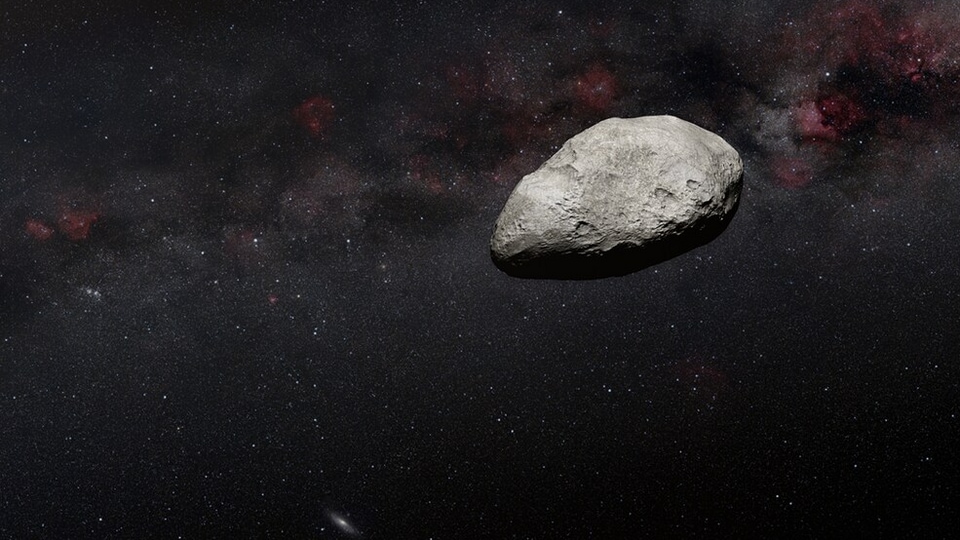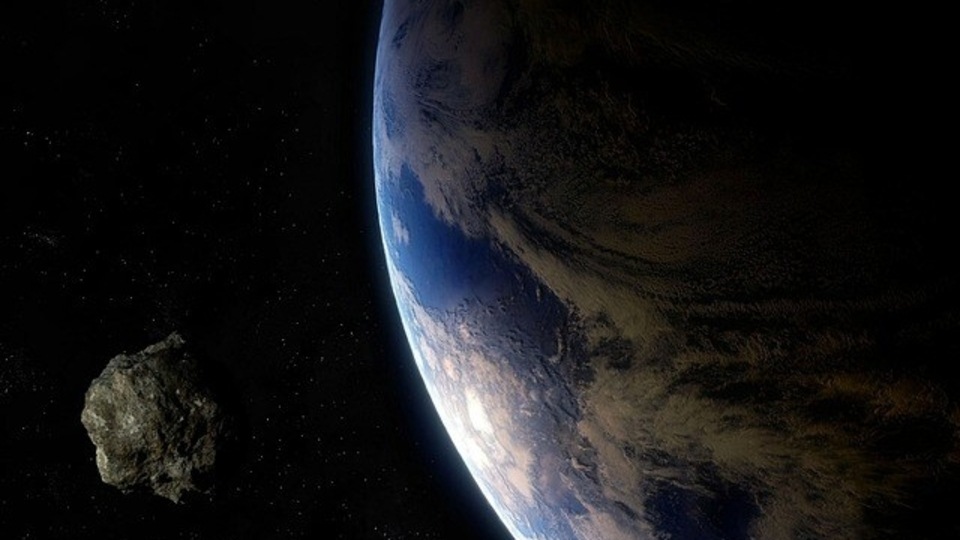NASA tracking 165-foot Asteroid 2023 DW; may strike Earth on this date
NASA has discovered that the asteroid has a 1-in-600 chance of impacting Earth in about 23 years.






 View all Images
View all ImagesAsteroids can be found mainly in the asteroid belt between Mars and Jupiter. There are almost 1.9 million asteroids which are 1KM or larger and millions of other space rocks in space. Despite this massive number, asteroids rarely threaten Earth and even when they approach Earth for close approach, most of them burn up in the atmosphere itself without causing any harm to the planet.
Asteroid 2023 DW details
However, this might change soon as NASA is tracking an asteroid which could likely impact Earth sometime in the future. According to NASA, a recently discovered asteroid, named Asteroid 2023 DW, could collide with Earth just 23 years from now, with potential impact expected on February 14, 2046.
NASA has projected that Asteroid 2023 DW has a 1 in 600 chance of impacting Earth. Although this probability is quite low, the asteroid still poses a threat and will pass Earth at a likely distance of approximately 1.8 million kilometers. With its current trajectory, Asteroid 2023 DW takes about 271 days to orbit the Sun.
The asteroid is not small either. NASA has estimated this oncoming asteroid to be nearly 165 feet wide, which is almost as big as an aircraft!
Will it impact?
Although the Asteroid 2023 DW has a 1-in-600 chance to impact Earth's surface, this could change. Upon the discovery of this asteroid, NASA Asteroid Watch page tweeted, “Often when new objects are first discovered, it takes several weeks of data to reduce the uncertainties and adequately predict their orbits years into the future. Orbit analysts will continue to monitor asteroid 2023 DW and update predictions as more data comes in.”
Calculating an asteroid's orbit
An asteroid's orbit is computed by finding the elliptical path about the sun that best fits the available observations of the object using various space and ground-based telescopes such as NASA's NEOWISE telescope and its brand-new Sentry II algorithm. That is, the object's computed path about the sun is adjusted until the predictions of where the asteroid should have appeared in the sky at several observed times match the positions where the object was observed to be at those same time.
Catch all the Latest Tech News, Mobile News, Laptop News, Gaming news, Wearables News , How To News, also keep up with us on Whatsapp channel,Twitter, Facebook, Google News, and Instagram. For our latest videos, subscribe to our YouTube channel.































